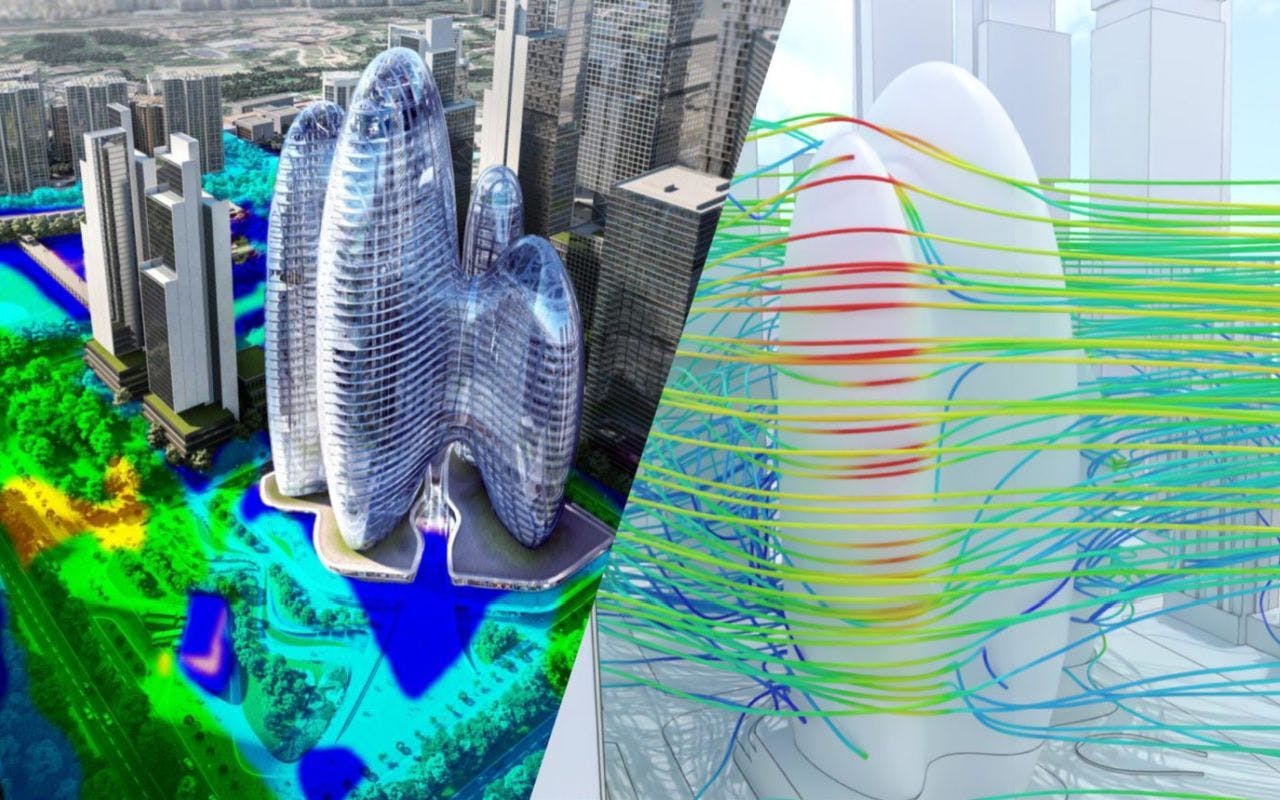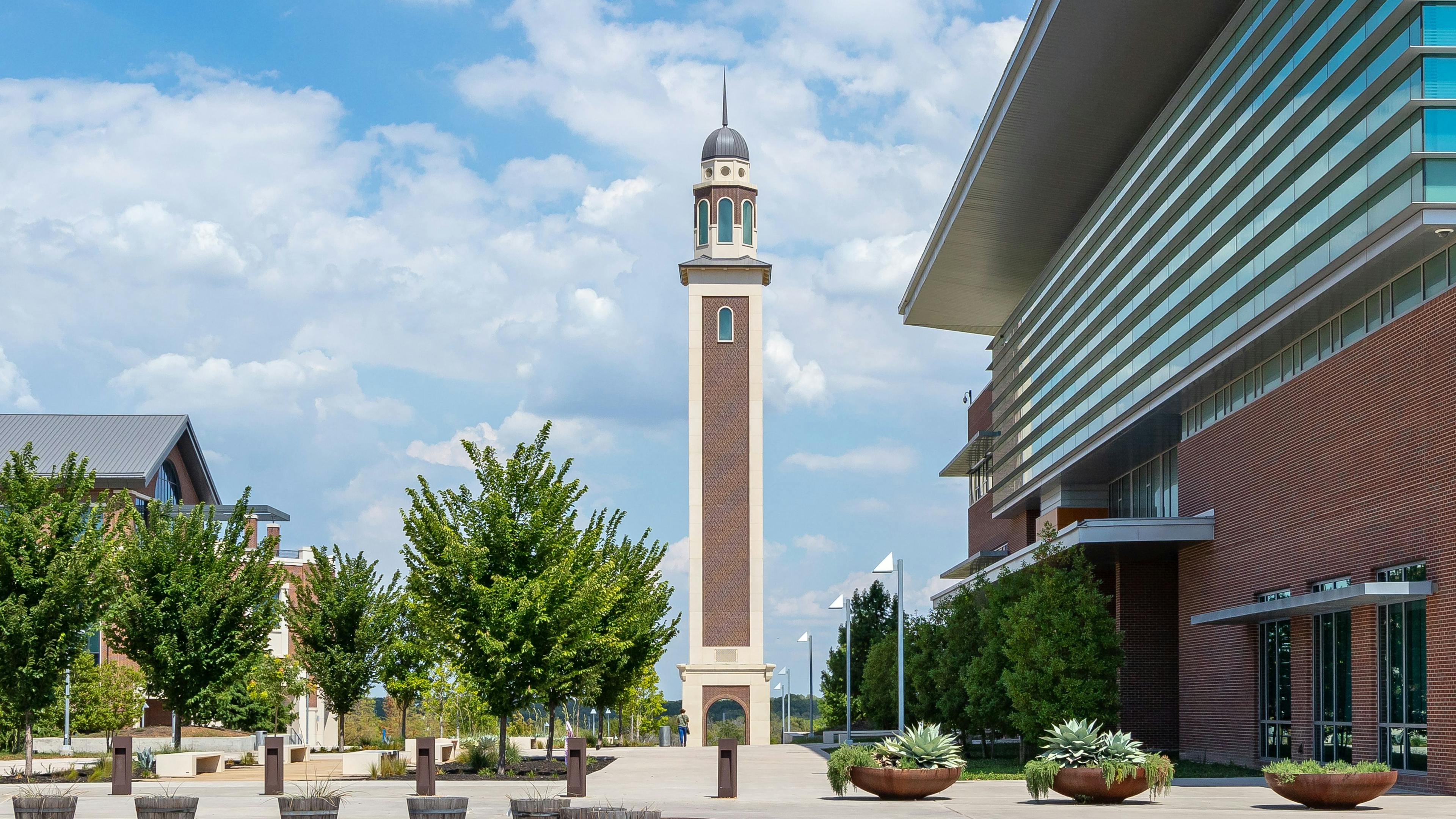
Cities Struggle to Cope With Extreme Weather
A future planet is one in which 80% of the global population will live in densely packed cities. Global megatrends, including urbanization, climate change, aging demographics and—more recently—changing work patterns and behaviors—will place unprecedented demands on buildings, cities and infrastructure. According to the World Business Council for Sustainable Development, “every week, around the world, we build new floor space corresponding to a city the size of Paris in France. This construction activity uses around 40% of global natural resources, creates 40% of all waste streams and releases close to 40% of all global energy-related greenhouse gas emissions into the atmosphere.”
Buildings are becoming smarter and need to adapt to a future world where climate change is a significant design consideration. From homes, schools, hospitals, offices, retail and transport infrastructure, every type of building has an evolving set of design parameters that need to be correctly understood, modeled and optimized from the early design to construction and operation.
We have seen climate change-driven design considerations permeate nearly every profession in the construction industry, from architects and urban designers to quantity surveyors looking at the life cycle carbon footprints of materials. To meet evolving challenges, architects and engineers, for example, require access to high-fidelity design simulation tools to predict complex behavior in buildings and cities accurately. Simulation enables architects and engineers to integrate physics-based simulation into their entire design workflow, starting from the earliest stages where critical design decisions are made. Rapid assessments of the microclimate impacts on design are now possible using a new generation of solvers available on the cloud with almost unlimited computational resources. These are needed to predict the localized effects of a changing climate on buildings and cities, such as:
- Higher cooling costs due to warmer temperatures, predicted to be as high as 10% per degree rise in temperature;
- The impact of changing precipitation and humidity levels;
- Revised ambient CO2 levels and carbon hotspots in densely built areas;
- Reduced solar radiation at ground level; and
- Long-term decrease in average wind speeds.
Wind comfort bands on an urban area in downtown Boston Common.
Challenges for Construction
The industry's significant challenge is the uncertainty around complex phenomena such as urban heat islands and their impact on more well-understood metrics like energy consumption. Simulating microclimate impacts on building and urban design is critical for achieving valid sustainability targets and moving the built environment toward a net-zero carbon trajectory. Energy modeling and simulation can be used in determining heating and cooling strategies based on environmental factors, building orientation, daylighting strategies and more. This is common and has been embedded in most building regulations and energy rating systems for several years. Less understood is the coupling of the external microclimate with the internal building environment and the consequences for energy and carbon consumption.
An urban heat island is the adverse effect on outdoor thermal comfort caused by warmer temperatures observed in urban spaces. The UTCI is the international standard of outdoor temperature sensation. It is a widely accepted metric that accounts for thermo-physiological effects and covers many thermal operating conditions applicable to most climate classifications.
According to "Wind, Sun, Surface Temperature and Heat Island: Critical Variables for High-Resolution Outdoor Thermal Comfort" by Christopher Mackey, Theodore Galanos, L. Norford and Mostapha Sadeghipour Roudsari: "The UTCI's inputs are fairly straightforward, requiring only four variables to be calculated: air temperature, radiant temperature, humidity and wind speed. The model accounts for clothing using correlations derived from observations of human adaptive behavior in the outdoors. All other personal factors such as age, height and weight are averaged over the population.” In simple terms, the UTCI is the temperature of what the weather "feels like.”
"Cities will be warmer in the future due to the combined effect of urban heat islands and climate change. This will negatively impact city dwellers' health, comfort and well-being in open spaces and inside buildings. Artificial cooling will be needed in most urban buildings, increasing energy use (despite the reduction in heating). The energy efficiency of buildings is already regulated in most countries. However, improving the external thermal environment and mitigating the urban heat island still needs attention by developing appropriate strategies, designs and technologies,” according to Professor Maria Kolokotroni, associate dean for Brunel University in London.
Outdoor comfort simulation results showing higher temperatures due to the heat island effect.
Recent research shows an alarming trend of increased urban temperatures notwithstanding seasonal heat waves. Most buildings in Europe and North America are optimized for the colder seasons, and retrofitting mechanical cooling is considered impractical and cost-prohibitive. The impact on public health and energy usage is now being modeled under various climate change scenarios predicted by the IPCC. The results show that the frequency of heat waves and higher average daytime and nighttime temperatures will increase in 20 years, causing further stress on buildings, cities and infrastructure. Some say we are already observing these predictions in real time, and the solutions and funding to deal with them have not yet materialized.
A New Hope
A recent World Cities Day event on Adapting Cities for Climate Resilience brought together global experts to address these challenges. Leading architect Xavier De Kestelier of Hassell Studio spoke about designing for extreme environments, from refugee camps and cities at risk to space architecture for the first set of buildings on the moon. Professor Maria Kolokotroni, a highly published academic on urban heat islands, explained the impact of climate change on buildings and their energy/carbon usage. Changing the surface albedo (reflectivity) of urban areas and using vegetation/trees to better effect can yield surprising results. This is hopeful, considering we can act on these now, although the scale to which we would have to do so remains challenging. Several organizations have tried evangelizing similar techniques, including the Cool Roofs Alliance. Readers can access the event material for free here.
Featured photo courtesy of Zaha Hadid Architects.
Related stories








